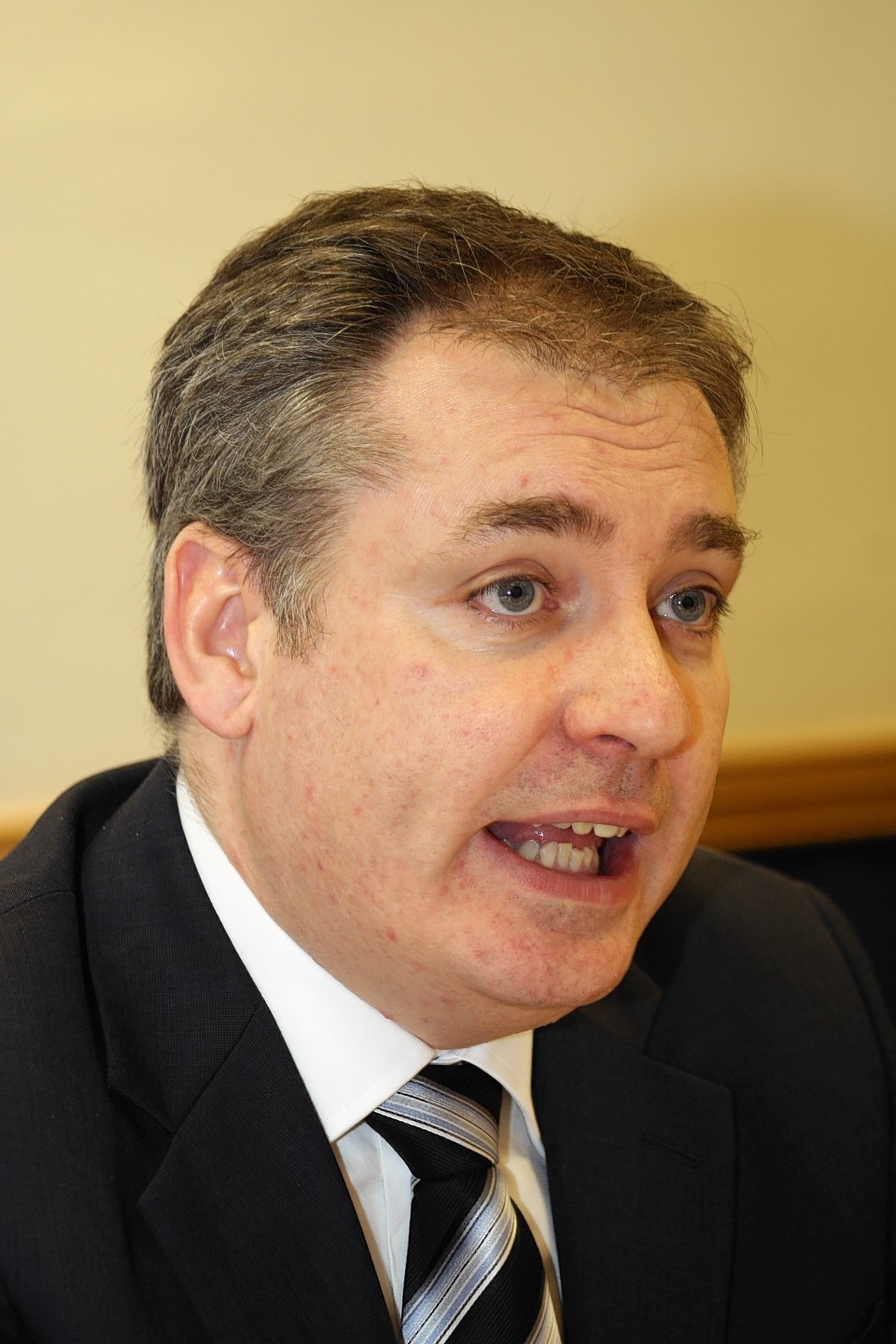Scotland’s main decisions about implementing the new Common Agricultural Policy (Cap) have now been formally submitted to Europe.
This is a major milestone in the Cap reform process and means that we can give farmers and crofters more clarity about how their CAP payments might change under the new system.
Since my announcement in June about how Cap reform will be implemented in Scotland, a lot of work has been going on behind the scenes to firm up the details and complete the necessary paperwork in time for EU deadlines.
One important target we have met is to formally submit our rural development programme (SRDP) to Europe for approval, which can be quite a lengthy process. While that is underway, my rural development team is working out important details such as eligibility criteria for schemes and payment rate calculations – which, under EU rules, have to be independently checked by an outside body.
But the main deadline we have been working to is the legal deadline of 1 August to notify Europe of our main decisions on direct payments.
Unlike the rural development programme this is not an approval process but it is essential we get the details right so we are not penalised with disallowance further down the line. My officials have been working closely with stakeholder representatives on the detailed implementation rules.
Most of the Cap decisions that we legally needed to notify to Europe by 1 August were finalised earlier this summer in my statement to the Scottish Parliament on Cap.
These include the number of payment regions in Scotland, the transition to area-based payments, adding sporting estates to the negative list, and capping very high individual basic payments.
But there were two important areas that have taken a bit longer – voluntary coupled support and greening.
I have always been clear that the new Cap must support food production and target genuinely active farmers. Our coupled support schemes for beef and sheep are essential in helping us achieve this which is why the Scottish Government fought hard for coupled support in the new Cap.
Throughout initial negotiations the UK didn’t want coupled support at all but in the end was outvoted and had to concede to eight per cent. We then lobbied the UK hard for the modest flexibility we now have that allows a higher rate of coupled support in Scotland.
The UK Government’s consultation on our proposals closed last week and it was not until yesterday that I received confirmation that we could proceed with our plans.
This process should have been straightforward as the money for these schemes will come entirely from Scotland’s direct payments budget. This flexibility merely provides us with the mechanism to target support in line with Scottish priorities.
Despite the challenges we have faced I am pleased to have secured a positive result for Scottish livestock producers.
On greening, I outlined in my parliamentary statement proposals for greening equivalence measures – fertiliser plans and an alternative to the three crop rule – that are better suited to Scottish circumstances. At the time, I made it clear that we could only bring in these equivalence measures if and when we were confident that they would be accepted by the EU.
The EU’s legal deadline has now passed but the European approval process is still not in place. That is why last week I agreed with industry to proceed with Europe’s standard greening measures in 2015 while we continue to seek approval to implement our proposed equivalence measures from 2016 onwards.
And yesterday I confirmed what options farmers will have for meeting the new greening requirements for Ecological Focus Areas (EFAs). Of course, there are various exemptions for these greening measures and not all farmers will have to adhere to EFA rules – and those that do can choose from any of the options that are now available.
The European Commission has already pledged to review EFAs next year, to consider the administrative burden on Member States and producers as well as the potential impact on food production. These are clearly vital issues for Scottish farmers and so Scotland will play our full part in that review process.
I recognise how important it is that farmers and crofters in Scotland have as much information as possible about changes to their Cap payments. My team are working hard on this and I will shortly be writing to around 22,000 farmers and crofters across Scotland with more detail about the new rules.
